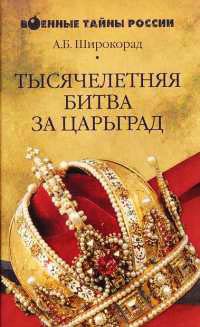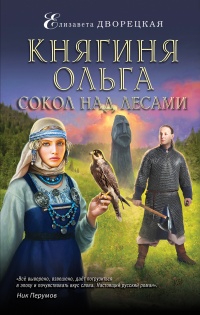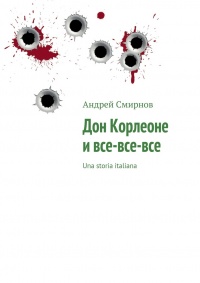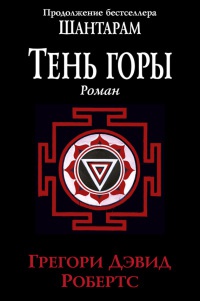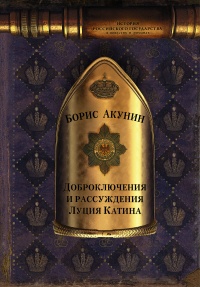Читать книгу "Османы. Как они построили империю, равную Римской, а затем ее потеряли - Марк Дэвид Бэр"
Шрифт:
Интервал:
Закладка:
825
Ariel Salzmann, ‘The Age of Tulips: Confluence and Conflict in Early Modern Consumer Culture (1550–1730)’, in Consumption Studies and the History of the Ottoman Empire, 1550–1922, ed. Donald Quataert (Albany: State University of New York Press, 2000), 83–106, здесь 92.
826
Цит. по: Shirine Hamadeh, ‘Public Spaces and the Garden Culture of Istanbul in the Eighteenth Century’, in The Early Modern Ottomans: Remapping the Empire, ed. Virginia Aksan and Daniel Goffman (Cambridge: Cambridge University Press, 2007), 277–312, here 277–278.
827
Finkel, Osman’s Dream, 345.
828
Hamadeh, ‘Public Spaces and the Garden Culture of Istanbul’, 278.
829
Shirine Hamadeh, ‘Splash and Spectacle: The Obsession with Fountains in EighteenthCentury Istanbul’, Muqarnas 19 (2002): 123–148. Вы можете получить представление о том, каково это было в XVIII в., посетив одно из многочисленных кафе в Топхане в Стамбуле, где летним днем можно выкурить кальян в тени, рядом с оригинальным фонтаном XVIII в.
830
Одно из стилевых течений ориентализма в западноевропейском искусстве, главным образом в XVIII–XIX веках, наряду с шинуазри и японизмом – Прим. ред.
831
Alexander Bevilacqua and Helen Pfeifer, ‘Turquerie: Culture in Motion, 1650–1750’, Past & Present 221, no. 1 (2013): 75–118.
832
Эта часть основана на: Greene, The Edinburgh History of the Greeks, 192–215.
833
Greene, The Edinburgh History of the Greeks, 203.
834
Bekir Harun Küçük, ‘Natural Philosophy and Politics in the Eighteenth Century: Esad of Ioannina and Greek Aristotelianism at the Ottoman Court’, Osmanlı Araştırmaları/Journal of Ottoman Studies 41 (2013): 125–158.
835
Bekir Harun Küçük, ‘Early Enlightenment in Istanbul’ (PhD diss., University of California, San Diego, 2012), 164, 172; Greene, The Edinburgh History of the Greeks, 199.
836
Главным сторонником этой точки зрения является: Küçük, ‘Early Enlightenment in Istanbul’.
837
Steven Topik, ‘The Integration of the World Coffee Market’, in The Global Coffee Economy in Africa, Asia and Latin America, 1500–1989, ed. William Gervase Clarence-Smith and Steven Topik (Cambridge: Cambridge University Press, 2003), 28–29.
838
Слова ‘Schweigt stille, plaudert nicht – Kaffeekantate’ («Молчит, молчит, не болтает – кофейная кантата») могут быть найдены в: www.bach-cantatas.com/Texts/BWV211-Eng3P. html.
839
Bevilacqua and Pfeifer, ‘Turquerie’, 96.
840
Ceylan Yeginsu, ‘Swedish Meatballs Are Turkish? “My Whole Life Has Been a Lie”’, New York Times, 2 May 2018, www.nytimes.com/2018/05/02/world/europe/swedish-meatballs-turkey. html.
841
Bevilacqua and Pfeifer, ‘Turquerie’, 75.
842
Bevilacqua and Pfeifer, ‘Turquerie’, 98–101.
843
Bevilacqua and Pfeifer, ‘Turquerie’, 107.
844
Lady Mary Wortley Montagu, The Letters and Works of Lady Mary Wortley Montagu, ed. Lord Wharncliffe and William Moy Thomas (Cambridge: Cambridge University Press, 2011), 1:369–370.
845
Это прозвище могло быть связано с его цветом кожи или отсутствием бороды.
846
Tülay Artan, ‘18. yüzyıl başlarında yönetici elitin saltanatın meşruiyet arayışına katılımı’, Toplum ve Bilim 83, Osmanlı: Muktedirler ve Mâdunlar (Kış 1999–2000), 294–296.
847
Artan, ‘18. yüzyıl başlarında yönetici elitin saltanatın meşruiyet arayışına katılımı’, 296–297.
848
Artan, ‘18. yüzyıl başlarında yönetici elitin saltanatın meşruiyet arayışına katılımı’, 302–303.
849
В истории декоративно-прикладного искусства – французское название керамических изделий из тонкой фаянсовой массы, приближающейся к фарфору, покрытых глазурью широкой гаммы тончайших оттенков: от почти белой до серо-голубой, светло-зеленой или глубокого тона «цвета морской волны». – Прим. ред.
850
Artan, ‘18. yüzyıl başlarında yönetici elitin saltanatın meşruiyet arayışına katılımı’, 306–313.
851
Fariba Zarinebaf, Crime and Punishment in Istanbul 1700–1800 (Berkeley: University of California Press, 2010), 34–35.
852
Delice, ‘The Janissaries and Their Bedfellows’, 162.
853
Salzmann, ‘The Age of Tulips’, 94.
854
Цит. по: Hamadeh, ‘Public Spaces and the Garden Culture of Istanbul’, 305.
855
Barkey, Empire of Difference, 213–214.
856
Этот рассказ о восстании основывается на Finkel, Osman’s Dream, 353–357, базирующемся на османских и иностранных свидетельствах.
857
Faik Reşit Unat, 1730 Patrona ihtilâlı hakkında bir eser, Abdi Tarihi (Ankara: Türk Tarih kurumu, 1943), 39–40, cited in Vatin and Veinstein, Le Sérail ébranlé, 253.
858
Salzmann, ‘The Age of Tulips’, 97.
859
Türkiye Diyanet Vakfı İslam Ansiklopedisi, s.v. ‘Bağdat Köşkü’, by Semavi Eyice, https:// islamansiklopedisi.org.tr/bagdat-kosku.
860
Zarinebaf, Crime and Punishment in Istanbul, 60–61.
861
Hamadeh, ‘Public Spaces and the Garden Culture of Istanbul’, 302–304.
862
Alan Fisher, The Russian Annexation of the Crimea, 1772–1783 (Cambridge: Cambridge University Press, 1970).
863
Finkel, Osman’s Dream, 381.
864
Orlando Figes, Crimea: The Last Crusade (London: Allen Lane, 2010), 18.
865
Thomas Gallant, The Edinburgh History of the Greeks, 1768 to 1913: The Long Nineteenth Century (Edinburgh: Edinburgh University Press, 2015), 19–21, 25.
866
Figes, Crimea, 12–13, 25–26.
867
Engin Akarlı, ‘The Problems of External Pressures, Power Struggles, and Budgetary Deficits in Ottoman Politics Under Abdulhamid II (1876–1909): Origins and Solutions’ (PhD diss., Princeton University, 1976), 2.
Внимание!
Сайт сохраняет куки вашего браузера. Вы сможете в любой момент сделать закладку и продолжить прочтение книги «Османы. Как они построили империю, равную Римской, а затем ее потеряли - Марк Дэвид Бэр», после закрытия браузера.




